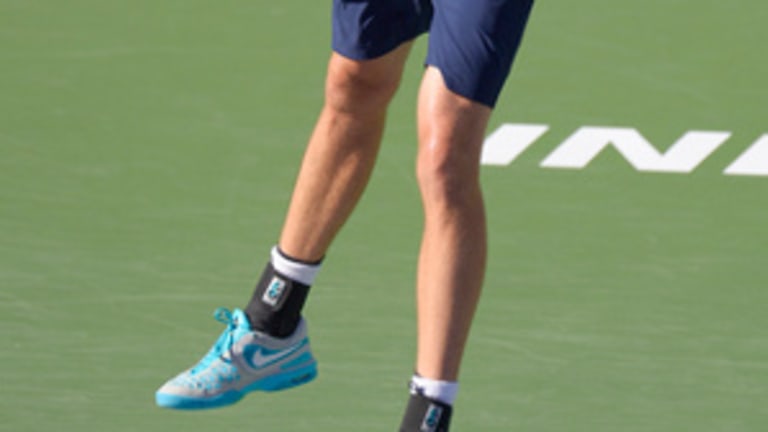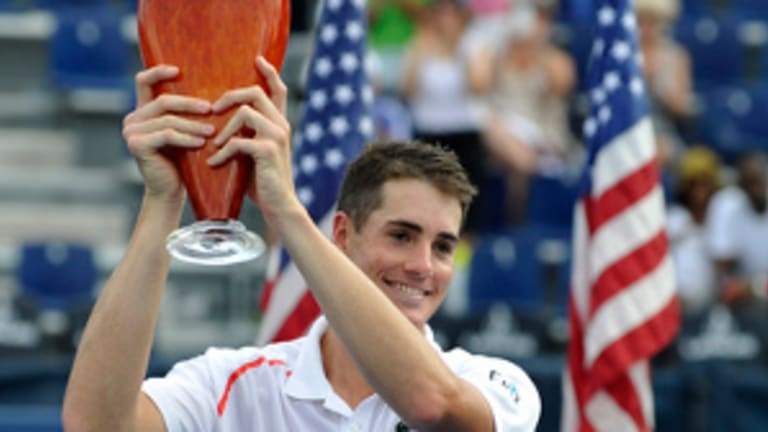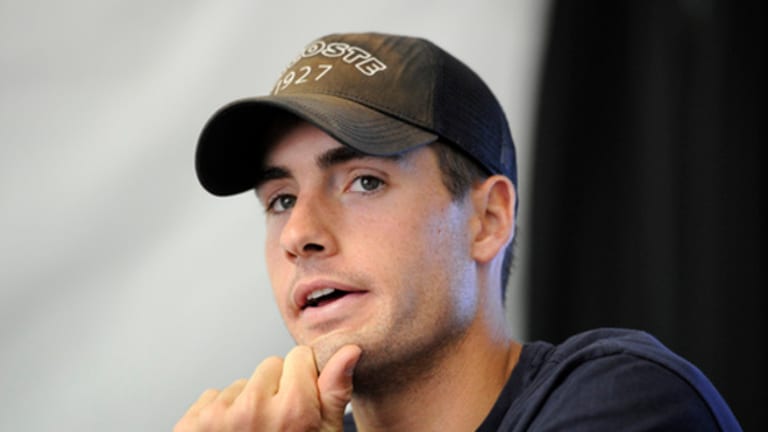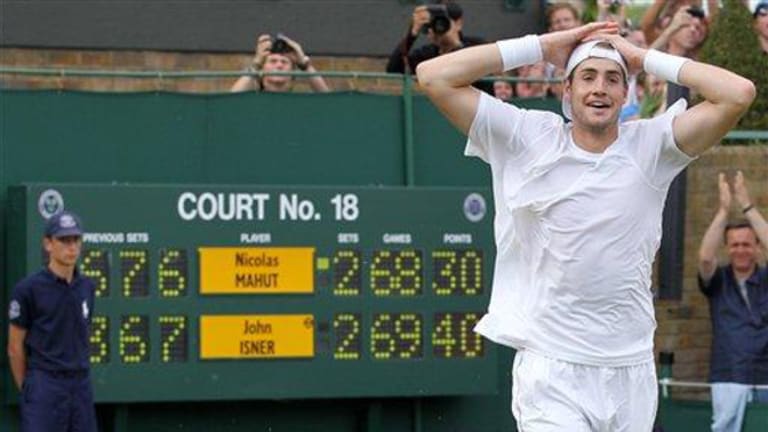John Isner’s 2014 U.S. Open Series began with a match that ended like so many others in his career: With sevens on the scoreboard. The Sultan of Serve swatted four consecutive aces to close out Robby Ginepri in Atlanta, 4-6, 7-6, 7-5—the latest Isner scoreline to resemble reels on a slot machine. Isner has played 114 sets this year, and 61 of them (53 percent) finished 7-5 or 7-6.
The win added to Isner’s impressive haul of victories on home soil. In a statistical analysis by FiveThirtyEight.com this past March, the eight-year pro was said to have won “more than two-thirds of his matches in the U.S., but just half elsewhere.” In the past two seasons, Isner is 21-21 outside of the States, and 47-18 (72 percent) in them.
One of those 18 losses came after Isner went on to win Atlanta, in Washington. There, on Grandstand 1, Steve Johnson beat Isner, 6-7, 6-3, 7-6.
“I didn’t like playing out there,” the top-ranked American said afterward. “I just didn't think I deserved to play on that court. Simple as that.”
A regular drawing card in D.C., Isner had a point—one Johnson agreed with in his own press conference. But the ATP 500 tournament, which boasted four of the world’s top 12 players, scheduled Isner on the outer court because of accommodations made to its international broadcast partners. On this day, their requests took precedence. Isner was offered a time to play in the main stadium, albeit at an undesirable, late hour. There was absolutely nothing wrong with the tournament’s decision.





